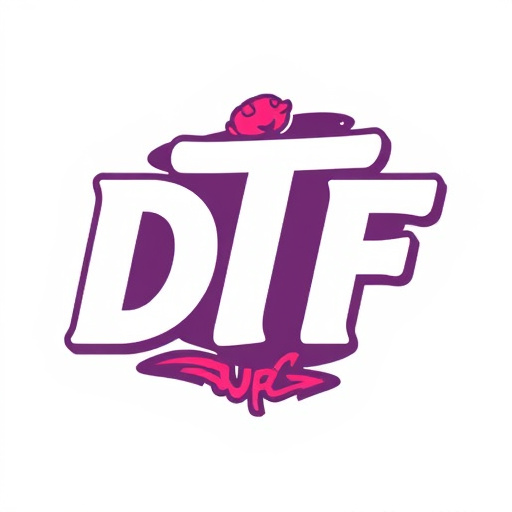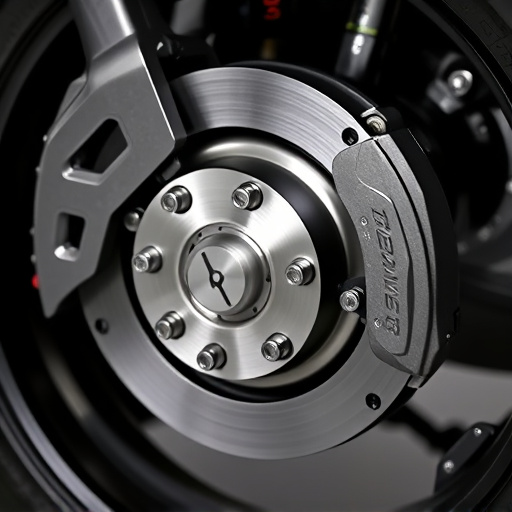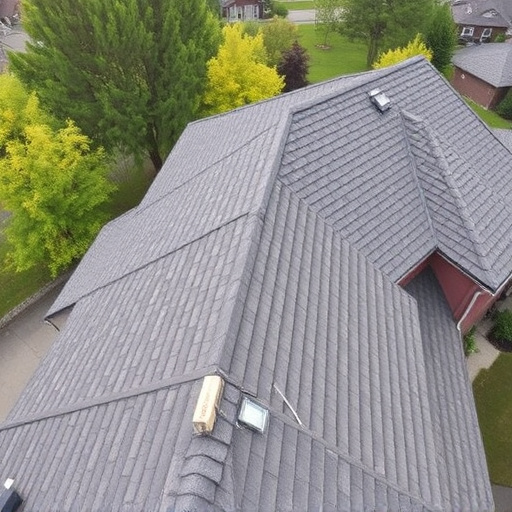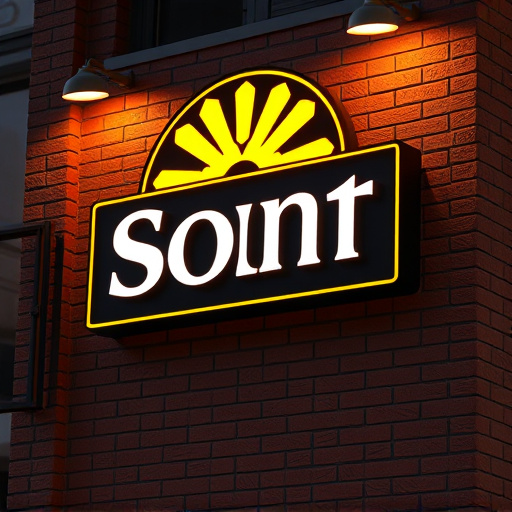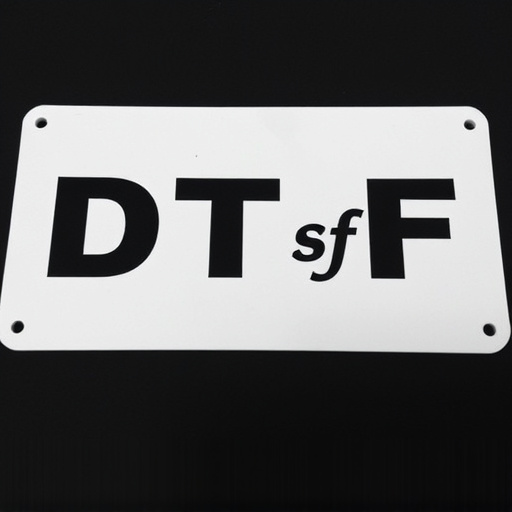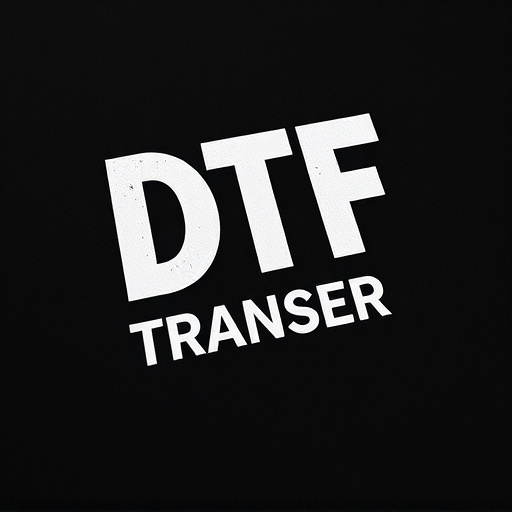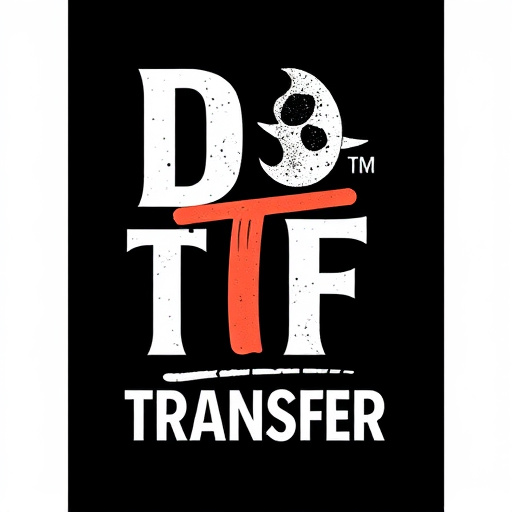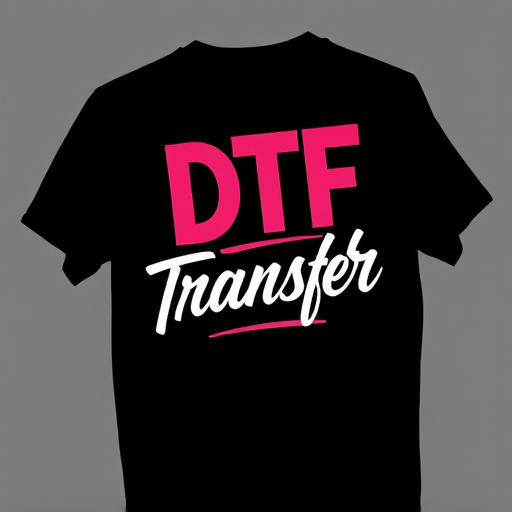Direct-to-Film (DTF) transfer preserves digital images on physical film, offering a unique artistic alternative to digital printing. The process involves preparing high-res files, printing them onto special film media, exposing them to light, and chemically processing them to create final prints mirroring the original. DTF is gaining popularity in photography and filmmaking for its authentic cinematic experience, enhanced visual integrity, and timeless beauty reminiscent of classic cinema. However, it requires specific equipment, including advanced scanners and software, for optimal results. The future of DTF looks promising with advancements in image editing software, faster processing, improved durability, and expanded format capabilities, catering to both traditionalists and modern creatives.
“Unleash the timeless allure of film photography with Direct-to-Film (DTF) transfers. This innovative process transforms digital images into analog films, offering a unique cinematic experience. Our comprehensive guide explores the historical roots and modern advancements in DTF technology. From understanding the conversion process to uncovering its aesthetic benefits and choosing the ideal equipment, we delve into the art of translating pixels into grains. Prepare to discover how DTF is revolutionizing visual storytelling.”
- Understanding Direct-to-Film (DTF) Transfer: A Historical Perspective
- The Process: From Digital to Analogue Film Conversion
- Benefits of DTF: Enhancing the Cinematic Look
- Choosing the Right Equipment for DTF Transfer
- Common Challenges and Their Solutions in DTF Conversion
- Future Trends: The Evolution of Direct-to-Film Technology
Understanding Direct-to-Film (DTF) Transfer: A Historical Perspective
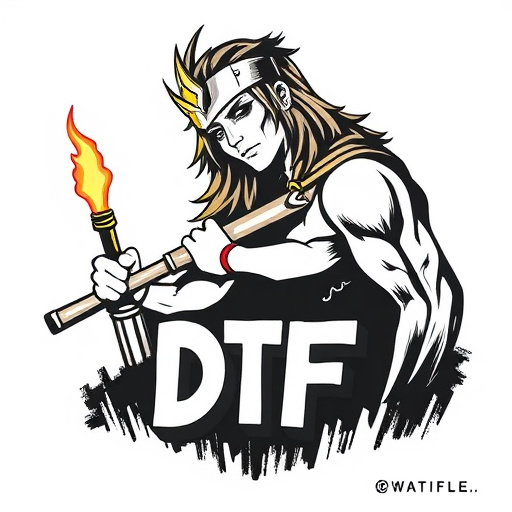
Direct-to-Film (DTF) transfer is a process that has evolved over time, finding its roots in traditional film photography. This method involves capturing and printing images directly onto physical film, offering a unique and nostalgic approach to photography. Historically, photographers would create negatives on film, which were then used to make prints. DTF takes this concept a step further by enabling the transfer of digital images directly onto film, preserving them in a tangible format.
The advent of digital technology sparked a shift towards digital imaging, but some photographers and enthusiasts have advocated for a resurgence of DTF as a form of artistic expression and preservation. This technique allows for creative control over the final image, including unique grain patterns and color saturation, reminiscent of traditional film photography. As such, DTF transfer has gained popularity among those seeking an alternative to purely digital printing methods.
The Process: From Digital to Analogue Film Conversion
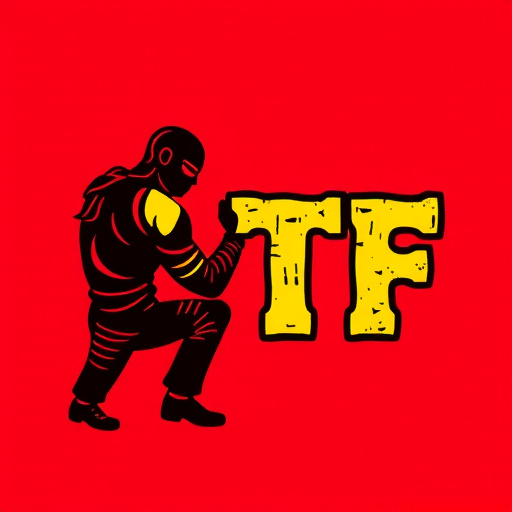
The process of converting photographic images to a direct-to-film (DTF) transfer format involves a unique journey from digital to analogue media. It starts with high-resolution digital files, which are then meticulously prepared for the transition. This preparation includes adjusting color profiles, ensuring optimal contrast and sharpness, and sometimes even repairing or enhancing the image using specialized software. The digital file is then ready for the next critical step.
In the DTF process, an inkjet printer plays a pivotal role. It prints the digitally processed image onto a special film-like medium, typically a high-quality paper or plastic substrate. This transfer ensures that every detail from the original photograph is captured while adapting it to the characteristics of analogue film. The printed image is then carefully exposed to light in a controlled environment, mimicking traditional film photography. This exposure creates a negative, which, through chemical processing, becomes a positive print—a perfect replica of the original digital photo in an analogue format.
Benefits of DTF: Enhancing the Cinematic Look
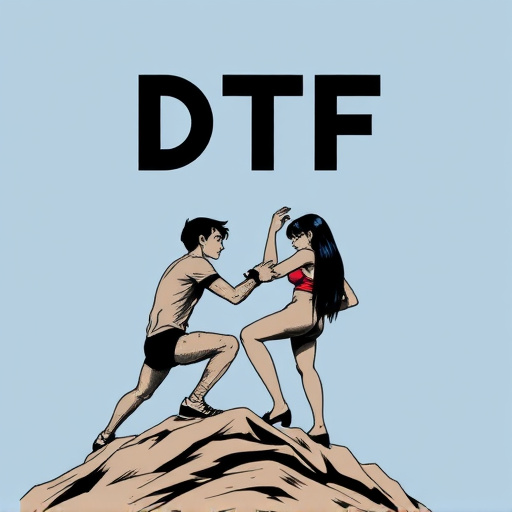
Direct-to-film (DTF) transfer offers a unique and sought-after advantage in the world of photography and filmmaking, enhancing the cinematic look of visuals. This process bypasses digital intermediaries, allowing for a more authentic and aesthetically pleasing result. By skipping the conversion from analog to digital, DTF maintains the original film grain, tone curves, and color palette, creating a visually rich and nostalgic effect.
The benefits are numerous: it preserves the subtle details and organic qualities of film, resulting in images that often appear more lifelike and immersive. This technique also reduces potential artifacts and distortion commonly associated with digital conversions, ensuring a higher level of visual integrity. With DTF, filmmakers and photographers can achieve a distinct look that has been a hallmark of classic cinema, captivating audiences with its timeless beauty.
Choosing the Right Equipment for DTF Transfer
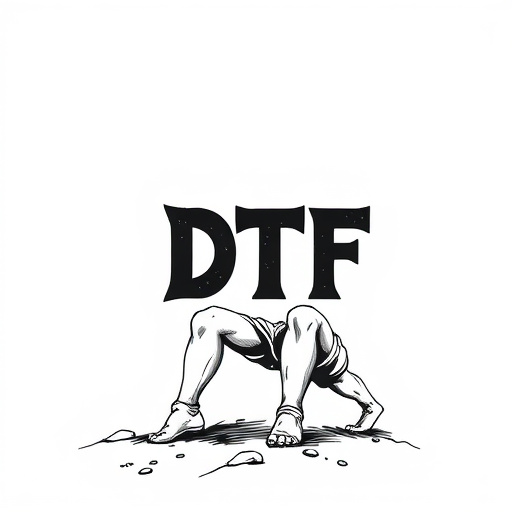
When it comes to converting photographic images to a direct-to-film (DTF) transfer format, selecting the appropriate equipment is paramount. The process requires specific tools to ensure accurate and high-quality results. One crucial piece of equipment is a top-tier scanner capable of handling various media types and resolutions. Look for models with advanced optical technology and a wide color gamut to preserve the original image’s vibrancy.
Additionally, investing in a reliable film transfer software suite is essential. These software packages offer sophisticated features for color correction, noise reduction, and grain management, allowing you to fine-tune the final output. Compatibility with popular file formats and the ability to handle bulk conversions are also valuable considerations when choosing DTF equipment.
Common Challenges and Their Solutions in DTF Conversion
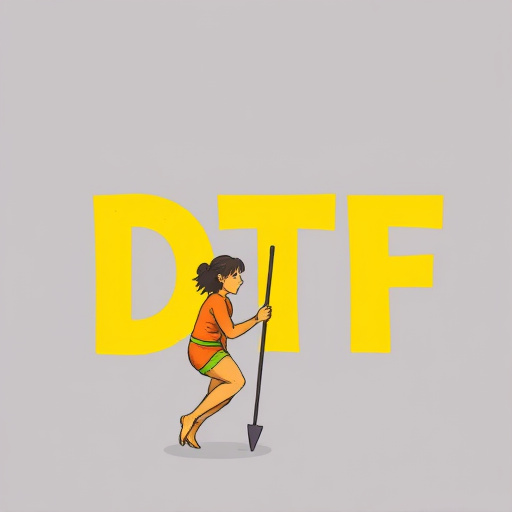
Converting photographic images to a direct-to-film (DTF) transfer format presents several challenges that photographers and filmmakers need to address. One of the primary issues is achieving accurate color representation, as digital files often have variations due to different screen calibrations and display technologies. To mitigate this, professionals use specialized software tools that apply precise color corrections and profiles to ensure consistent and true-to-life colors when transferred to film.
Another challenge lies in preserving fine details and textures, especially in high-contrast or densely patterned images. DTF conversion processes must be meticulously adjusted to avoid losing critical details during the transfer. This is accomplished through careful exposure settings, selective sharpening, and noise reduction techniques applied at various stages of the conversion pipeline. These solutions ensure that the final film print retains the original image’s intricate details, making it a valuable format for creating unique and visually striking cinematic experiences.
Future Trends: The Evolution of Direct-to-Film Technology
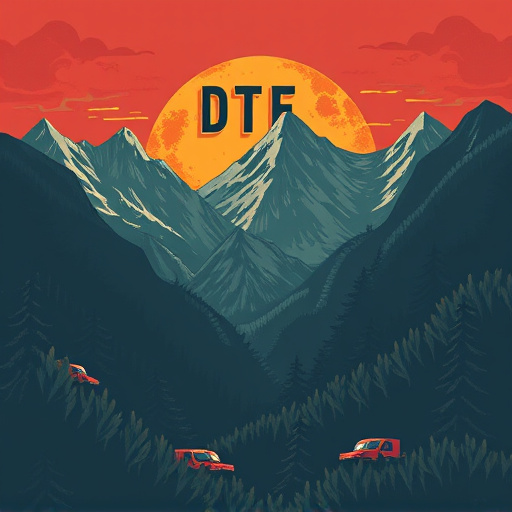
The future of direct-to-film (DTF) technology promises exciting advancements in the realm of photographic imaging. As we move further into the digital age, DTF processes are evolving to keep pace with modern demands and expectations. One key trend is the integration of advanced image editing software, allowing for more precise control over the transfer process. This enables photographers to achieve unique artistic effects, fine-tune colors, and enhance details directly on the film, opening up new creative possibilities.
Additionally, ongoing research focuses on improving the speed and efficiency of DTF systems. Faster processing times mean that photographers can work with larger formats and higher resolutions, delivering exceptional image quality. The development of innovative coatings and materials for film stocks also contributes to this evolution, ensuring better durability and a wider range of aesthetic outcomes. These future trends suggest that direct-to-film technology will continue to play a pivotal role in the photography industry, catering to both traditionalists and those seeking cutting-edge creative solutions.
